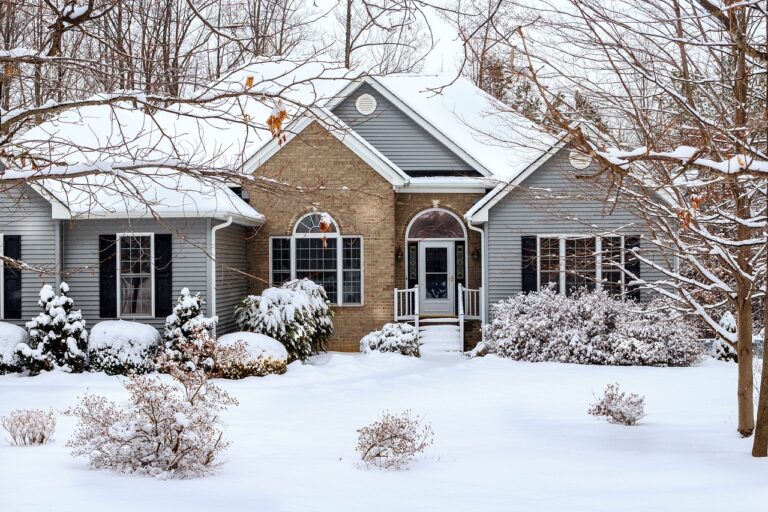As autumn leaves give way to the crisp chill of early winter, homeowners are reminded of the approaching cold season. Winter brings its own set of challenges, from freezing temperatures to snowstorms, all of which can take a toll on your home. In areas like Asheville, where winters can be particularly harsh, taking proactive steps to weatherize your home becomes even more imperative.
This guide provides essential tips for preparing your home for winter, helping you navigate through the necessary preparations to make your space warm, safe, and energy-efficient. By following these steps, you can take on the winter months with confidence, knowing your home is well-prepared for the colder weather.
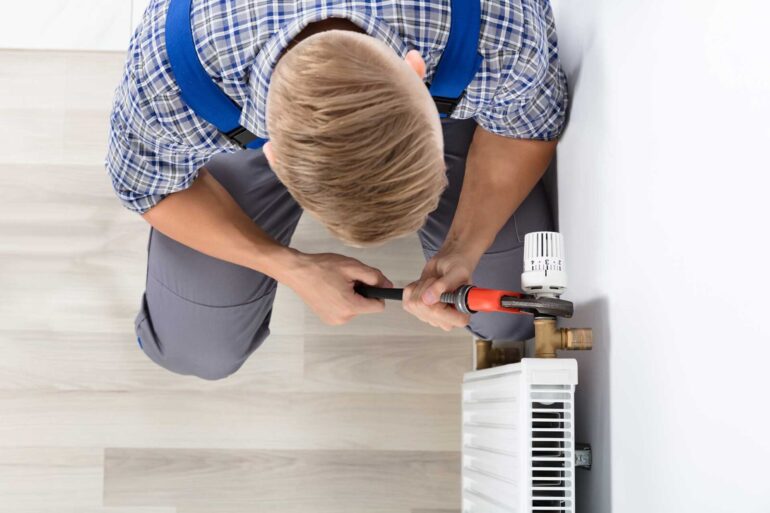
Inspect and Clean the Heating System
The heart of your home’s warmth during winter is its heating system. Before the cold fully sets in, inspect your furnace, boiler, or heat pump. A well-maintained heating system not only runs more efficiently but also poses fewer safety risks.
Change the filters, clean the vents, and consider a professional check-up to ensure your heating system operates at peak performance. This proactive approach can prevent unexpected breakdowns during the coldest days.
Upgrade Your Windows for Better Insulation
Windows are a critical component in maintaining your home’s heat. Older windows often become inefficient in keeping the warmth inside, leading to higher heating bills and a less comfortable living environment.
Consider upgrading to energy-efficient windows to enhance your home’s insulation. For those in Asheville, where winters can be particularly intense, consulting local experts can help. Just look up Asheville window replacement company near me online and shortlist the most well-reviewed services.
Inquire about warranties and installation expertise. Opting for professionals who offer reliable installations and comprehensive warranties ensures peace of mind and optimal performance throughout the winter season and beyond.
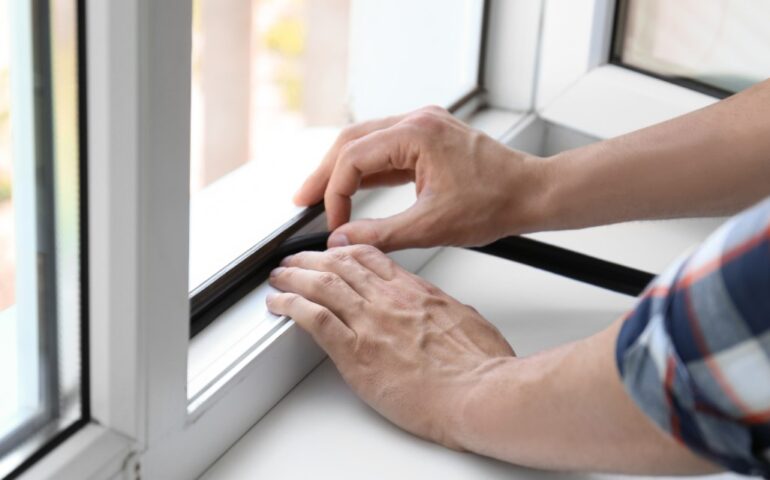
Seal Doors and Windows
Even the smallest gaps in doors and windows can lead to significant heat loss. As winter approaches, check for drafts and seal any openings. Use weatherstripping around doors and caulking around window frames to prevent cold air from entering and warm air from escaping.
This simple and cost-effective measure can make a substantial difference in your home’s warmth and energy consumption.
Insulate Pipes to Prevent Freezing
Frozen pipes are a common and potentially serious problem in winter. To prevent this, insulate your water pipes, especially those that run through unheated areas like basements, attics, and garages. Pipe insulation can help maintain water temperature and reduce the risk of freezing and bursting, which can lead to expensive repairs and water damage.
Additionally, consider installing thermostatic heating cables on exposed pipes for added protection against freezing temperatures. These cables provide consistent heat to prevent freezing, offering an extra layer of defense against potential pipe-related issues during the colder months.
Clear Gutters and Downspouts
The role of gutters and downspouts in protecting your home from water damage is often underestimated. Before winter sets in, it’s vital to clear them of leaves, twigs, and debris. Clogged gutters can lead to water buildup, which, in freezing temperatures, turns into ice dams.
These ice dams can cause significant damage to your roof and siding. Clean gutters ensure proper water flow away from your home, safeguarding against potential water-related issues.
Test Smoke and Carbon Monoxide Detectors
With winter comes the increased use of heating appliances, raising the risk of home fires and carbon monoxide poisoning. Testing your smoke and carbon monoxide detectors is a crucial step in your winter preparation.
Ensure these devices have fresh batteries and are functioning correctly. Detectors should be placed on every floor of your home, especially near bedrooms, to provide adequate warning in case of an emergency.
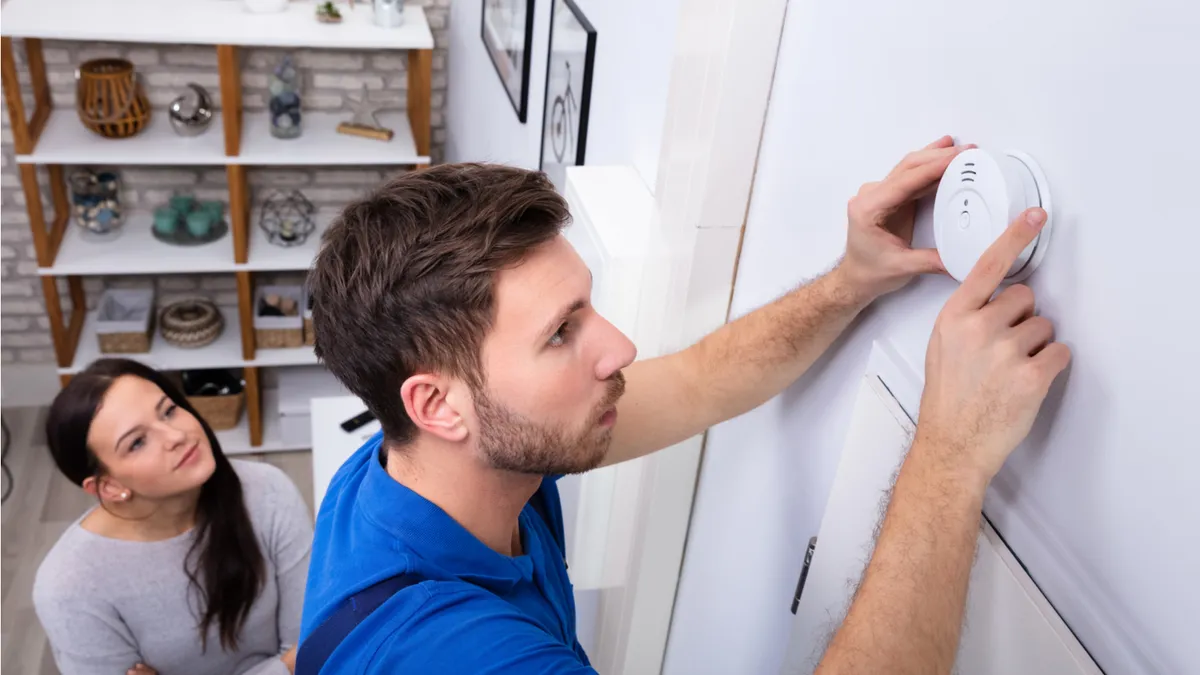
Check and Clean the Chimney
If your home features a fireplace, ensuring the chimney is clean and clear is essential before its first winter use. Creosote buildup and other obstructions can pose serious fire hazards. Hire a professional chimney sweep to clean and inspect your chimney for any necessary repairs. A clean chimney not only enhances safety but also improves the efficiency of your fireplace.
Prepare for Winter Storms
Winter storms can be unpredictable and harsh, often resulting in power outages and immobility. Preparing an emergency kit is essential. Stock it with essentials such as water, non-perishable food, flashlights, a first-aid kit, and blankets.
Also, consider how you’ll manage if the heating system fails. Portable heaters (used safely), extra blankets, and insulated curtains can provide temporary solutions. Being prepared for winter storms means you’ll be able to handle unexpected situations more comfortably and safely.
Protect Outdoor Plumbing
Outdoor plumbing fixtures are particularly susceptible to freezing temperatures. Winterizing these fixtures is a must to avoid the damage of frozen and burst pipes. Drain water from outdoor faucets, hoses, and sprinkler systems. If possible, shut off the water supply to outdoor faucets and cover them with insulated covers.
This preventive step is simple yet effective in avoiding costly repairs due to water damage.
Check Roof and Attic Insulation
A well-insulated attic and a sturdy roof are your home’s first defense against the cold. Inspect your roof for any damages like broken shingles or leaks. Even small breaches can lead to significant problems in winter.
Additionally, check your attic’s insulation. Proper insulation helps maintain your home’s internal temperature, reducing heating needs and costs. If the insulation is inadequate or damaged, consider adding more or replacing it.
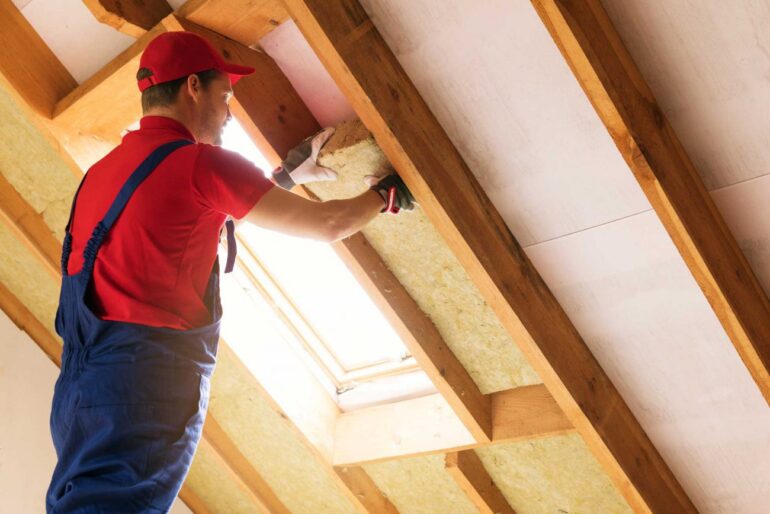
Conclusion
Preparing your home for winter is an investment in comfort, safety, and efficiency. Each step, from inspecting your heating system to ensuring your roof and attic are well insulated, plays a crucial role in readying your home for the colder months.
Not only do these measures safeguard your home from the harsh elements of winter, but they also contribute to a reduction in energy costs and an increase in overall safety.
By taking these steps, you can rest assured that your home is a warm, secure haven for you and your family during the winter season. As you tuck into your cozy home, you’ll appreciate the peace of mind that comes from knowing you’ve thoroughly prepared for whatever winter brings.

